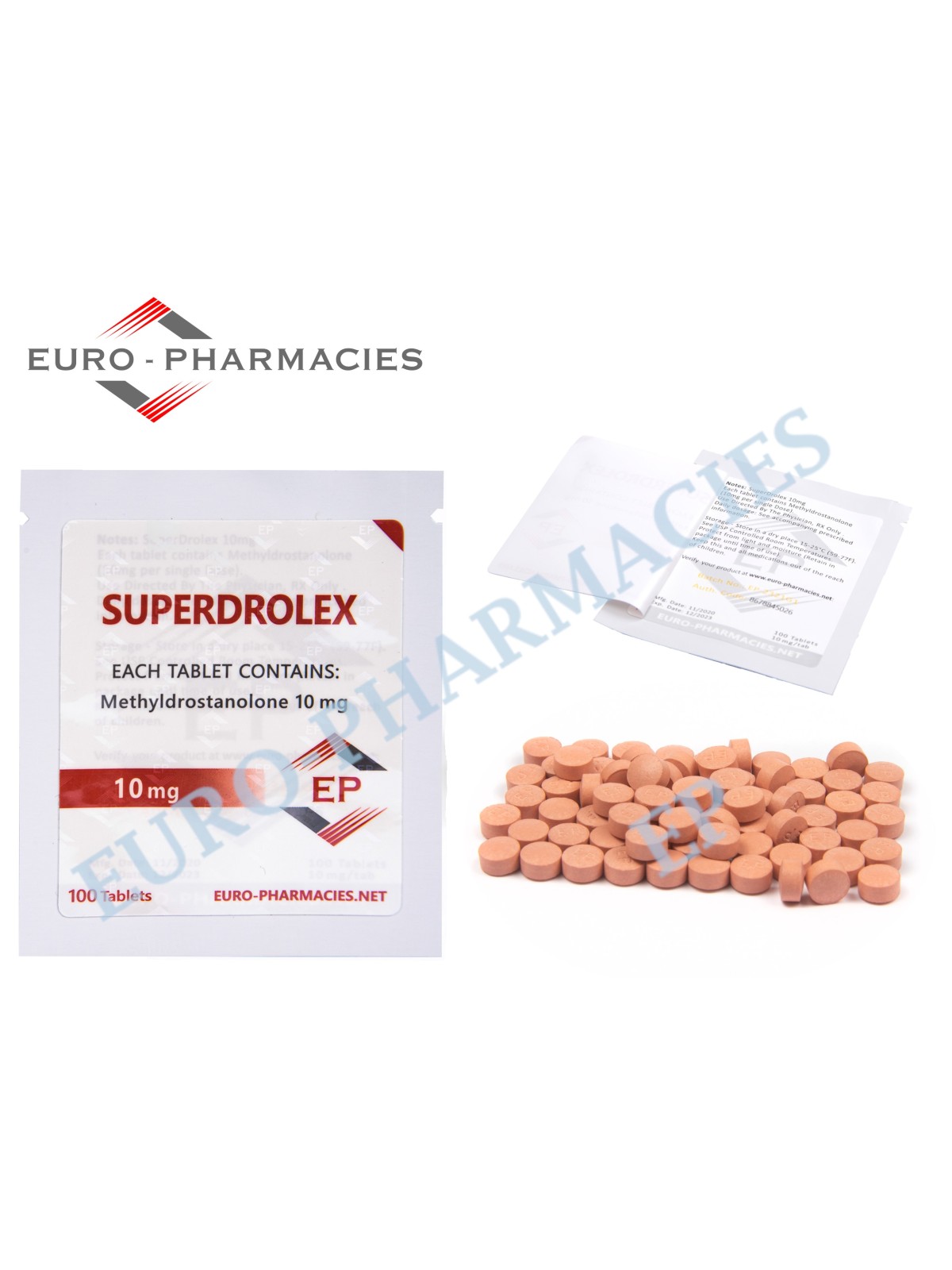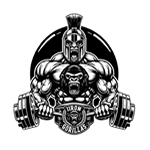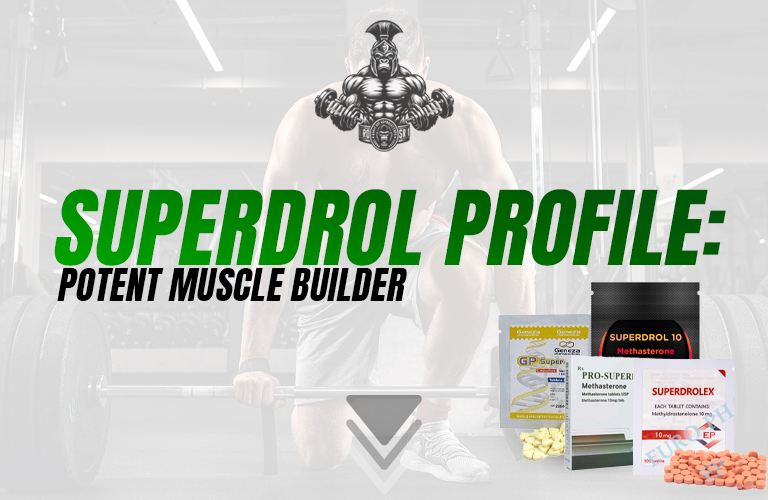
Superdrol, chemically known as Methasterone, holds a distinct reputation in the bodybuilding community for being a highly potent oral anabolic steroid, favored for its remarkable ability to promote rapid and substantial gains in lean muscle mass and strength. Its efficacy in enhancing muscle density and size without the water retention commonly associated with more androgenic steroids makes it a popular choice among bodybuilders and athletes, particularly for those aiming for a hard, defined physique. Despite its effectiveness, Superdrol is approached with considerable caution due to its notorious hepatotoxicity, posing a significant risk to liver health; it is one of the most liver-toxic steroids on the market.
Moreover, while Superdrol does not aromatize and, therefore, doesn’t typically cause estrogenic side effects like gynecomastia, it can still profoundly impact the body’s hormonal balance, including suppressing natural testosterone production. As a result, users often advocate for strict adherence to cycle support and post-cycle therapy to mitigate its adverse effects. The powerful nature of Superdrol, coupled with the potential for serious health risks, has led to a nuanced perception within the bodybuilding community, where it is both respected for its capabilities and treated with caution for its potential side effects.
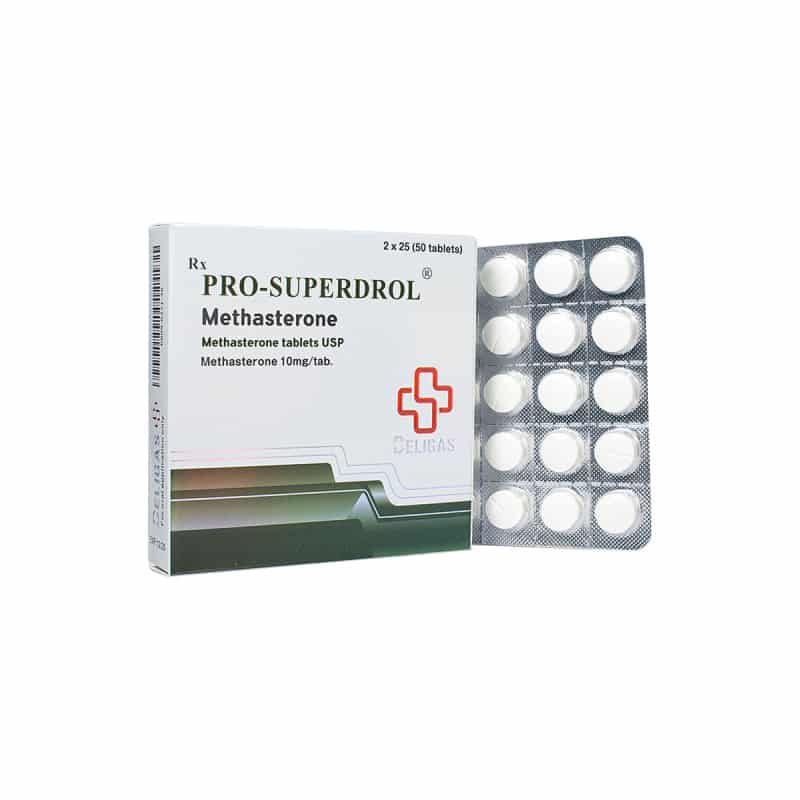
History of Superdrol
Superdrol, the brand name for Methasterone, was first described by Syntex, a pharmaceutical company, in 1959. This was the same company where Dr. Raphael Pappo worked and developed Anadrol (Oxymetholone). The primary aim behind the development of Superdrol, like many other steroids of that era, was to discover compounds that could offer significant anabolic effects (such as muscle growth and recovery) with reduced androgenic side effects (like male secondary sexual characteristics).
The interest in developing such steroids was largelydriven by the medical community’s desire to treat a variety of health conditions more effectively. These conditions included muscle-wasting diseases and chronic wasting conditions like cancer, osteoporosis, anemia, and, years later, AIDS. The goal was to create substances that could help build or maintain muscle mass, improve bone density, and increase red blood cell count without the range of side effects typically associated with androgenic steroids. Many hormones were created and documented, but only very few were ever approved and brought to market.
Despite its initial development, Superdrol was not marketed for medical use in the 1950s. It was documented in the literature and buried for decades until it re-emerged much later, around 2007, within the bodybuilding supplement market as a “legal designer steroid,” known for its ability to rapidly enhance muscle mass and strength. Its re-emergence was not for medical purposes but as a performance-enhancing drug, leveraging its potent anabolic properties while attempting to skirt legal and regulatory restrictions associated with established anabolic steroids. This introduction was likely an attempt to circumvent the U.S. Anabolic Steroids Control Act of 1990 and its 2004 revision. Since methanone was not commercially available when these laws were enacted, it was not classified as a Schedule III class anabolic steroid at that time, allowing it to be sold over-the-counter as a dietary supplement. It was not until 2013 that Superdrol was scheduled the same as other anabolic steroids.
Non-Medical Introduction: Superdrol was introduced into the market primarily as a bodybuilding supplement. It was marketed as a prohormone or nutritional supplement, circumventing the strict regulatory requirements typically associated with anabolic steroids.
Popularity in Bodybuilding: Its rise to popularity was swift among bodybuilders due to its potent anabolic effects. It gained a reputation for significant muscle gains and strength enhancement.
Legal Grey Area: Superdrol operated in a legal grey area, being sold as a dietary supplement rather than a pharmaceutical product. This allowed it to be sold over the counter without the stringent regulations that govern controlled substances.
FDA Intervention: The U.S. Food and Drug Administration (FDA) eventually intervened, classifying Superdrol as an unapproved new drug. By the mid-2000s, actions were taken to remove it from the market due to concerns over its safety and lack of FDA approval.
Usage in Bodybuilding: Superdrol (Methasterone)
Superdrol, with its potent anabolic properties, has been a popular substance in bodybuilding circles. Here’s how it’s typically used:
Bulking Phases: Superdrol is most commonly used for bulking phases due to its effectiveness in rapidly increasing muscle mass and strength. Bodybuilders typically use doses ranging from 10 mg to 20 mg per day. Due to its liver toxicity, higher doses are avoided.
Lean Gains: It is known for providing lean muscle gains without significant water retention, making it a preferred choice for bodybuilders looking to build quality muscle.
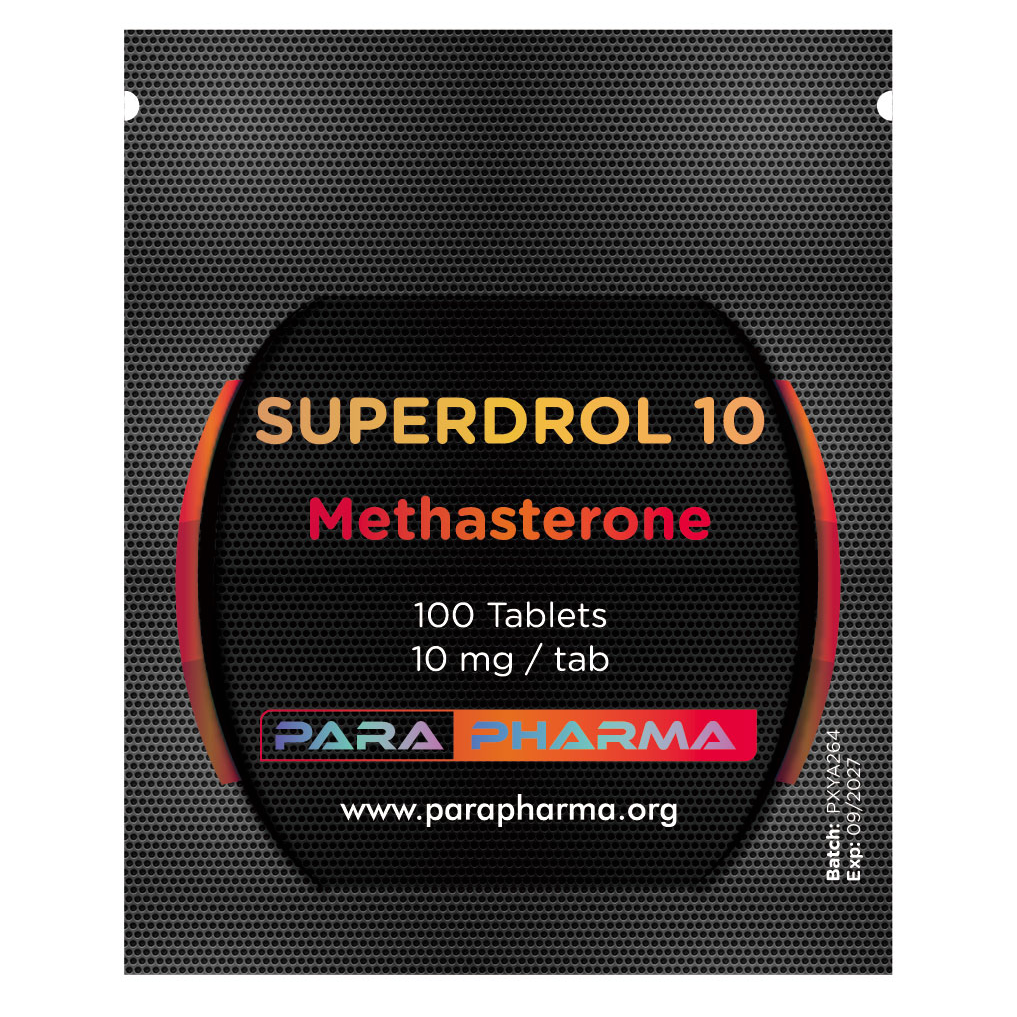
Stacking and Combinations
With Testosterone: Often stacked with testosterone or its derivatives to enhance muscle-building effects and make up for the natural testosterone suppression caused by Superdrol.
With Other Steroids: It may be combined with other injectable anabolic steroids to enhance overall anabolic effects. You should never stack Superdrol with other oral steroids since the risk to your liver will far outweigh any benefits.
In Cutting Cycles: Sometimes used in cutting cycles for its muscle-hardening effects. In such cases, it’s often stacked with compounds that aid in fat loss but are not liver-toxic like T3.
Cycle Duration: Superdrol cycles are usually short, ranging from 4 to 6 weeks, to minimize the risk of adverse effects, particularly liver toxicity. 4 weeks is ideal to avoid liver toxicity.
Female Use: Not recommended for female athletes because of the high risk of virilization and other androgenic side effects.
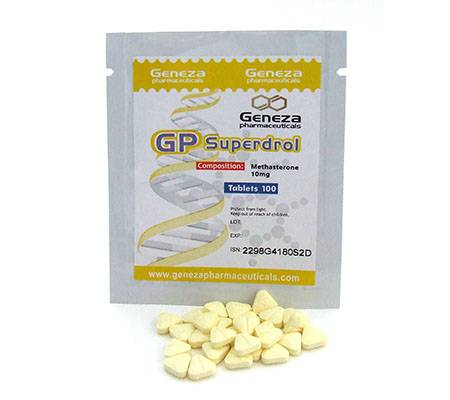
Side Effects of Superdrol
Liver Toxicity: One of the most concerning side effects of Superdrol is its potential to cause significant liver damage, especially with prolonged use or higher dosages. While many bodybuilders will use up to 100mg of Anadrol or Anavar for up to six weeks, when it comes to Superdrol, you should limit your dosages to no more than 20mg per day and keep cycles short to about 4 weeks.
Cardiovascular Issues: Negative impacts on cholesterol levels and blood pressure can lead to an increased risk of heartrelated issues.
Hormonal Disruption: Suppression of natural testosterone production can lead to issues like testicular atrophy and reduced fertility.
Androgenic Effects: While less pronounced than with some other steroids, there can still be androgenic side effects such as acne and hair loss. Females should NOT use Supedrol!
Estrogenic Effects: Superdrol does not aromatize (convert to estrogen), but it can still disrupt the body’s natural estrogen balance. Some users have reported prolactin-related side effects like nipples that lactate tiny drops. This is not a common side-effect, but it is worth noting that it has been reported enough times to add here.
General Side Effects: Users may experience headaches, fatigue, and changes in libido.
